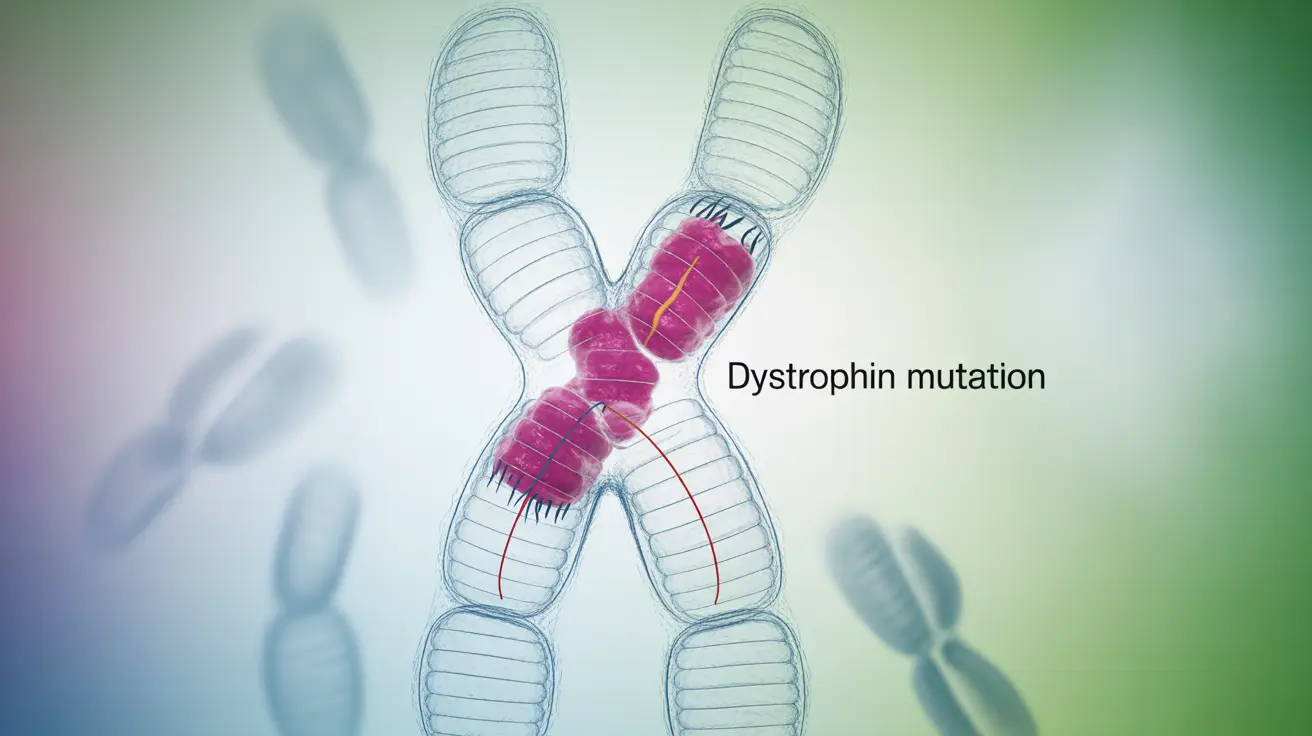Duchenne muscular dystrophy (DMD) is a genetic condition that causes progressive muscle weakness and deterioration. While complete prevention isn't currently possible, understanding the condition and available interventions can help families make informed decisions and manage the condition effectively.
This comprehensive guide explores the genetics behind DMD, available testing options, and strategies for families affected by or at risk for this condition. We'll examine current medical approaches and important considerations for family planning.
Understanding the Genetic Basis of DMD
Duchenne muscular dystrophy occurs due to mutations in the dystrophin gene, located on the X chromosome. This gene is responsible for producing dystrophin, a protein crucial for maintaining muscle fiber strength and stability. When this protein is absent or doesn't function properly, muscle cells gradually break down.
The condition primarily affects males because they have only one X chromosome. Females, having two X chromosomes, typically carry the gene but rarely develop symptoms because their second X chromosome usually contains a functioning copy of the dystrophin gene.
Early Detection and Diagnosis
Early diagnosis of DMD is crucial for optimal management. Healthcare providers typically consider several factors and conduct various tests, including:
- Genetic testing to identify mutations in the dystrophin gene
- Blood tests to check for elevated levels of certain enzymes
- Muscle biopsy in some cases
- Physical examination to assess muscle strength and function
- Family history evaluation
Prevention Strategies and Family Planning
While DMD itself cannot be prevented once a child is conceived with the condition, there are several important steps families can take:
Genetic Counseling
Working with genetic counselors helps families understand:
- Their specific genetic risk factors
- Available testing options
- Family planning choices
- Impact on future pregnancies
Prenatal Testing Options
Several testing options are available for families planning pregnancy:
- Preimplantation genetic testing during IVF
- Chorionic villus sampling during early pregnancy
- Amniocentesis during pregnancy
- Carrier testing for women planning pregnancy
Managing DMD and Improving Quality of Life
While prevention of DMD may not always be possible, various treatments and interventions can help manage symptoms and improve quality of life:
- Physical therapy to maintain muscle function
- Occupational therapy for daily living activities
- Medications like corticosteroids to slow muscle deterioration
- Cardiac monitoring and management
- Respiratory support when needed
- Regular medical follow-up
Frequently Asked Questions
Can Duchenne muscular dystrophy be prevented or avoided before birth?
While DMD cannot be completely prevented, families can utilize genetic counseling and prenatal testing options to make informed decisions before or during pregnancy. Preimplantation genetic testing during IVF can help select embryos without the DMD mutation.
What causes Duchenne muscular dystrophy and how is it inherited?
DMD is caused by mutations in the dystrophin gene on the X chromosome. It follows an X-linked inheritance pattern, primarily affecting males who inherit the mutated gene from their mother, who is typically a carrier.
How is Duchenne muscular dystrophy diagnosed and what tests are involved?
Diagnosis involves genetic testing, blood tests for creatine kinase levels, sometimes muscle biopsies, and comprehensive physical examinations. Early signs often appear between ages 2 and 5.
What treatments and therapies help manage Duchenne muscular dystrophy symptoms?
Management includes physical therapy, occupational therapy, corticosteroids, cardiac care, respiratory support, and regular medical monitoring. New treatments are continuously being researched and developed.
How can families with a history of Duchenne muscular dystrophy prepare or reduce risks in future pregnancies?
Families can work with genetic counselors to understand their options, including carrier testing, prenatal testing, and preimplantation genetic diagnosis during IVF. Regular consultation with healthcare providers helps in making informed family planning decisions.




